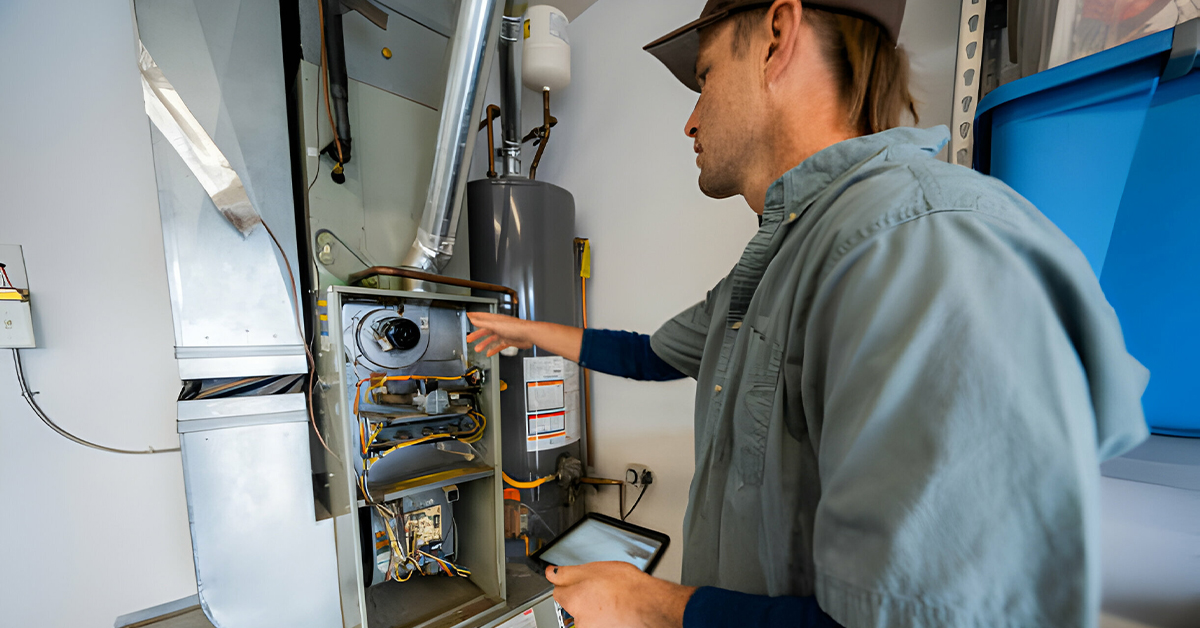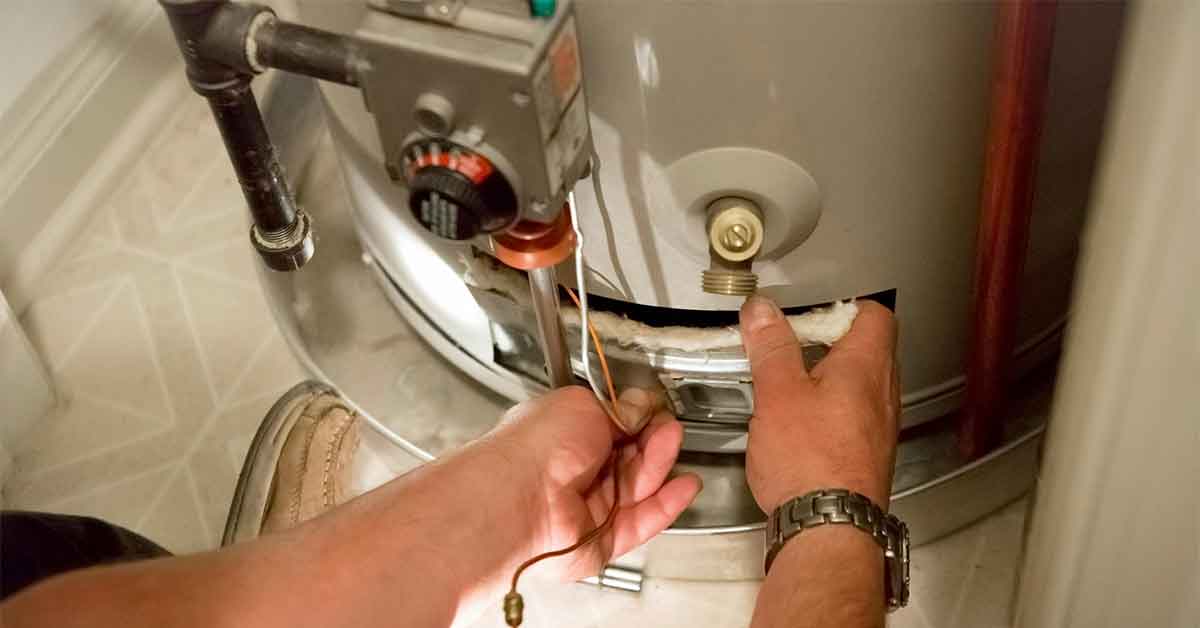Blog


The Heart of Heat Pumps: A Deep Dive into the Compressor
In the vast landscape of HVAC (Heating, Ventilation, and Air Conditioning) systems, the compressor emerges as an unsung hero, particularly in heat pumps. It’s often analogized to the “heart” of a heat pump system, pumping the lifeblood (refrigerant) throughout. But what makes the compressor so indispensable? Let’s embark on an enlightening journey into the world of compressors.
1. The Compressor Unveiled
At its core, a compressor is a sophisticated mechanical device tailored to elevate the pressure of a specific gas. Within the confines of heat pumps, this gas is a refrigerant, a substance with a unique ability to transport heat. By compressing this refrigerant, the compressor sets the stage for its voyage between the indoor and outdoor units, a journey central to the entire heating or cooling process.
2. Pressurization: The Primary Task
The essence of a refrigerant lies in its innate ability to efficiently absorb and disperse heat. As it enters the compressor from the indoor unit, it’s in a low-pressure gaseous state. The compressor’s task is to compress this gas, leading to a surge in its temperature. Once compressed, the refrigerant, now in a high-pressure and high-temperature state, is ushered toward the outdoor unit.
3. The Grand Cycle: From Indoors to Outdoors and Back
The compressor’s role in circulating the refrigerant is the linchpin of heat exchange in a heat pump. Here’s a breakdown of its dual functionality:
- Heating Mode: Even on the coldest days, ambient air contains some heat. The compressor facilitates the refrigerant’s flow, enabling it to extract this heat from the outside air and subsequently release it indoors, warming the home.
- Cooling Mode: As seasons change and cooling becomes imperative, the compressor reverses the refrigerant’s flow. It now captures heat from the indoor air and releases it outside, rendering the home’s interior cool and comfortable.
4. Efficiency and the Compressor: An Intimate Connection
A compressor in peak condition is synonymous with an energy-efficient heat pump. Contemporary compressors are marvels of engineering, optimized to ensure the heat pump expends minimal energy while delivering maximum heating or cooling. This efficiency not only translates to consistent indoor temperatures but also leads to substantial savings on energy bills.
5. The Spectrum of Compressors: Diversity in Design
As technology has evolved, so has the design of compressors, with each variant catering to specific needs:
- Reciprocating Compressors: A mainstay in many residential heat pumps, they employ a piston within a cylinder to compress the refrigerant, a mechanism reminiscent of internal combustion engines.
- Scroll Compressors: Characterized by their spiral scrolls, these compressors are lauded for their efficiency. The spirals’ intricate movement compresses the refrigerant, and their design ensures quieter operation, making them a favorite in modern systems.
- Rotary Compressors: These employ a rotating mechanism, typically a roller, to compress the refrigerant within a cylinder. Due to their compact nature, they are the go-to choice for small to medium-sized applications.
6. The Imperative of Maintenance
The compressor, given its pivotal role, demands regular attention. Periodic maintenance ensures it operates seamlessly, maximizing the lifespan of the heat pump. Essential heating maintenance tasks include cleaning the compressor, ensuring unobstructed airflow, and periodically assessing refrigerant levels. Engaging professionals for annual or biannual check-ups can preempt potential issues, ensuring the system’s longevity.
7. Troubles in Paradise: Addressing Compressor Issues
Despite rigorous maintenance, compressors, like all mechanical entities, can encounter issues. Common challenges include:
- Overheating: Often a consequence of clogged coils or dwindling refrigerant levels, which hinder the compressor’s cooling process.
- Hard Starts: If your compressor grunts or hesitates during startup, it might be facing electrical challenges or internal wear, impeding its smooth operation.
- Audible Disturbances: A compressor producing unusual sounds can signal internal degradation or components coming loose.
Should any of these symptoms manifest, it’s imperative to seek a professional’s expertise. Early diagnosis and rectification can prevent more significant, often costlier, issues down the road.
Conclusion
Within the intricate maze of components that constitute a heat pump, the compressor stands out, playing a role that’s as crucial as the heart in a living organism. By pressurizing and maneuvering the refrigerant, it facilitates the critical heat exchange process, ensuring our homes remain bastions of comfort regardless of the season’s whims. A deeper understanding of its workings, combined with diligent maintenance, can ensure we extract the maximum benefit from our heat pump repair, enjoying their warmth and coolness for years to come.




